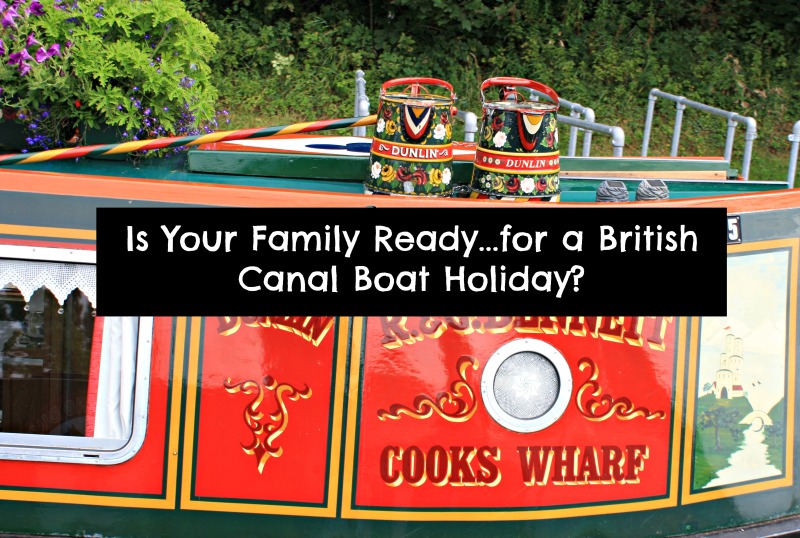Hidden behind the congested modern rail and motorway system, British canals offer a tranquil, yet thrilling tourist experience on the “inland waterways” – an alternate view of England that international tourists rarely see.
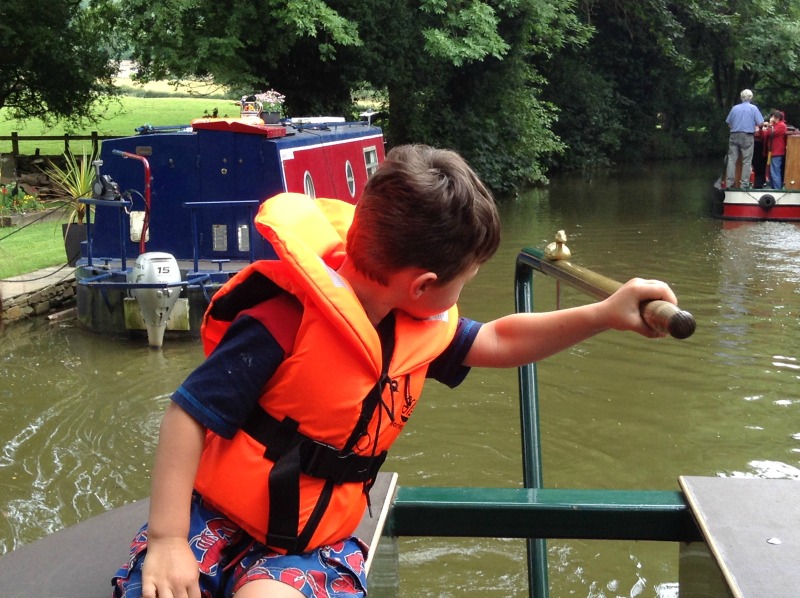
To travel through the British countryside by canal boat is to putter slowly, stopping whenever you please to make breakfast or brew a nice cup of tea. It is leaning over the side of your modest boat to socialise with ducks, or reaching up to touch the leaf of an overhanging willow tree. As the sun goes down, canal boat life means mooring up at a local village pub and dining on local fare before clambering your way back to your boat in the darkness, happily falling into your bunk.
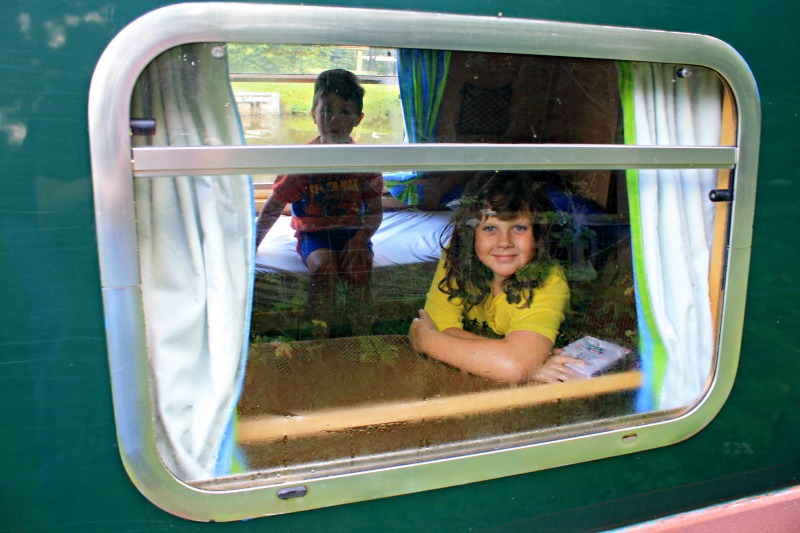
For children, spending the weekend on a narrowboat is an exciting hands-on adventure: steering the boat, remembering to wear your life jacket on deck, playing LEGO on the tiniest kitchen table imaginable, or just enjoying the experience of moving slowly.
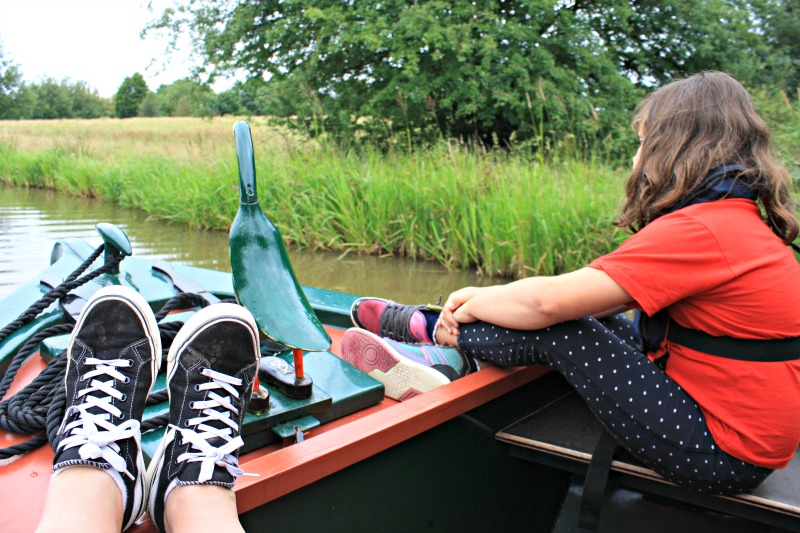
Last summer, our family spent a weekend on the Macclesfield Canal in Northern England, on a 69-foot narrowboat called the Wandering Duck, a unique “hotel boat” or “floating youth hostel” that caters to young people and families. Rather than share with strangers, we chartered the entire boat.
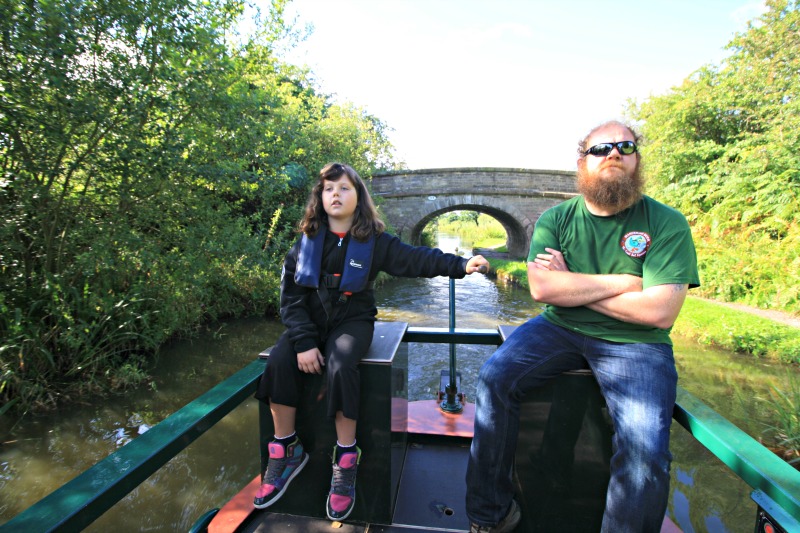
Although the cost of the weekend seemed pricey (about £550, or 1000 Canadian dollars), it was money well-spent for a unique travel experience, where we knew the kids would be safe. Many families with older children might prefer to hire a boat on their own, but as newbie boaters with a 9-year old and an extremely rambunctious 3-year old, it gave us extra peace of mind to have Wandering Duck owners Lee Fogg and Roberta Saye around to skipper the boat and show us the ropes (literally!) while we kept the kids from fighting, and falling overboard.
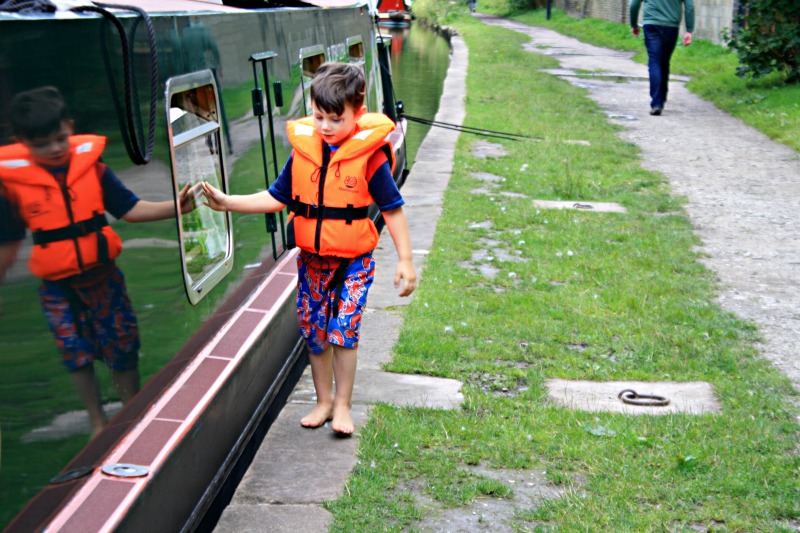
Our starting point – the pub
In typical English fashion, our journey began in the rain, in a pub – the Queen’s Head in Congleton, Cheshire, where we had some drinks and a few bags of crisps until our scheduled time of departure.
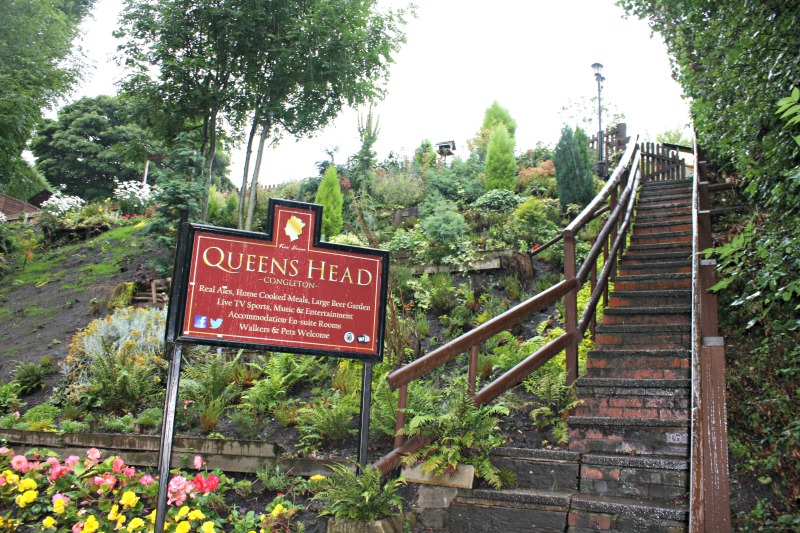
Behind the pub, a set of steep stairs led to our accommodation for the weekend – the magnificent Rakiraki, – the Wandering Duck. We acquainted ourselves with our hosts, stowed our baggage in the bunk area, and we were off!
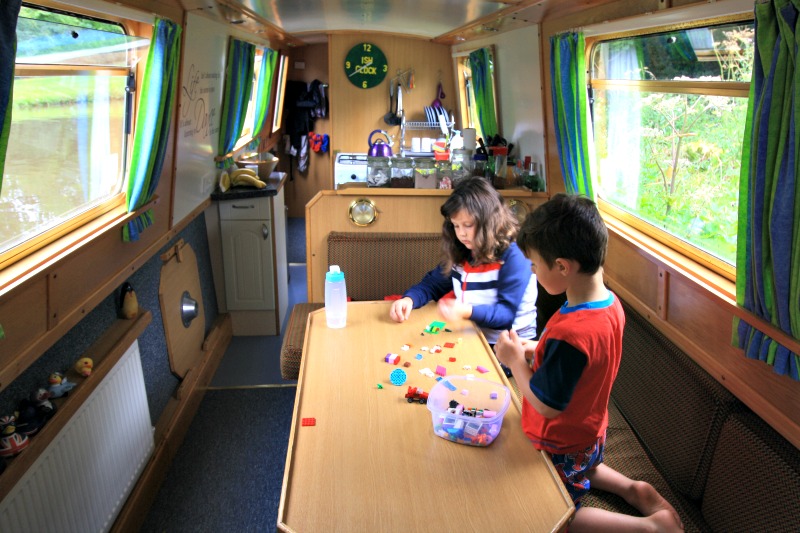
A canal boat hire is a bit like renting a cottage. Bedding and fuel are provided by the company, but you bring all your groceries. In the case of a hotel boat, everything is catered, allowing guests to enjoy a relaxed, yet thrilling weekend “on the cut”.
Travelling the cut
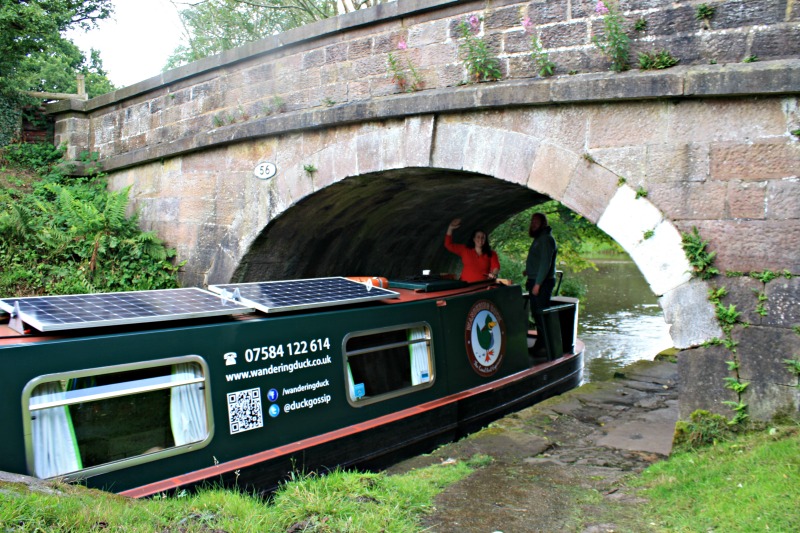
“The cut” refers to the canal itself, so named because every single inch of the 2,000 miles of canal in Britain are hand-dug, or “cut”. Although many canals link to major rivers and estuaries such as the Thames, the canals themselves are not naturally formed.
Products of the industrial revolution, these narrow waterways were created to transport goods, such as pottery, iron and coal. In those days, canals were pulled by horses who trotted along a path called the “towpath”, and canal boat life was anything but a holiday.
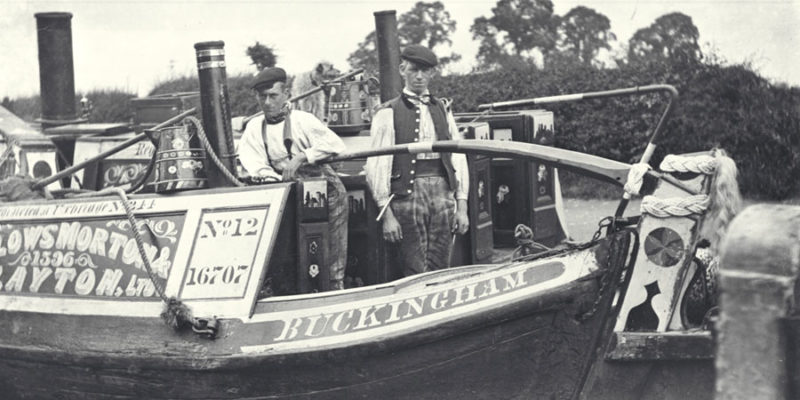
Photo courtesy of The Canal and River Trust
Once the age of steam trains and motorcars arrived, canals were largely forgotten, with railway lines and motorways built instead, sometimes right alongside the canal. As the locks, bridges and towpaths of the canals rusted, rotted and crumbled away, the waters themselves (remember, no current!) became filled with foul-smelling sludge and even household and industrial waste.
It was a resurgence of the use of boats to transport goods during the world wars war that gave a brief revival to the canal system. Then, one adventurous couple sparked the current trend in canal boat holidays, by travelling along the cut – for pleasure.
Narrowboat by L.T.C Rolt
If you are interested in canal culture and history, I recommend the 1944 book, Narrowboat, by Tom Rolt.
The book describes a pilgrimage which Rolt and his wife Angela took in 1939 – a time when there were still a handful of working “boatmen” on the canals, but almost no one (apart from the Rolts) taking to the waters for their holidays.
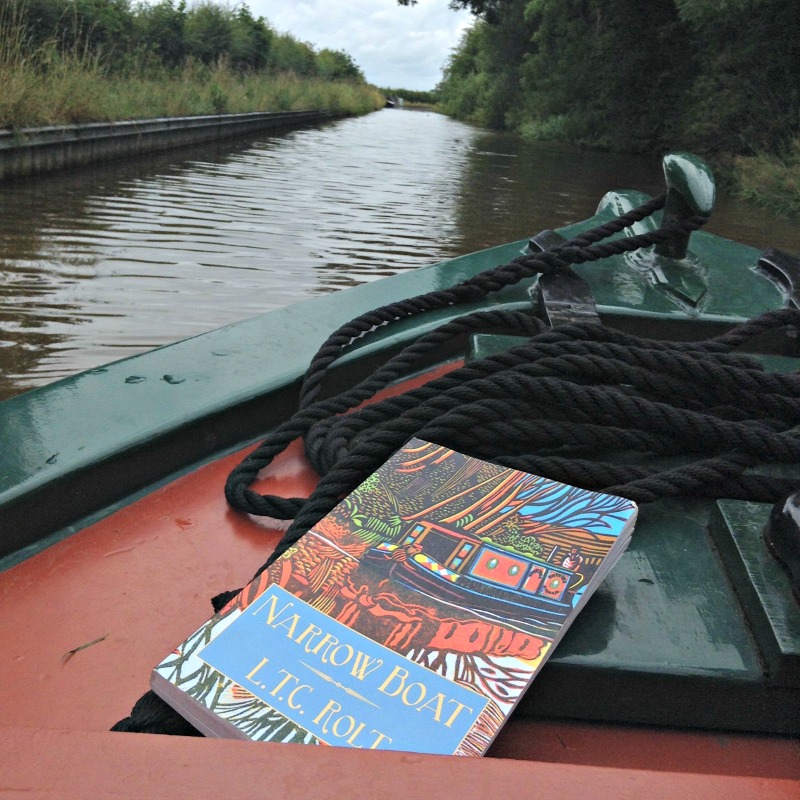
Through the authorship of the book, Rolt brought attention to the decline of the canal system. Later, he was instrumental in bringing the canals back to life, by co-founding the Inland Waterways Association, a charity dedicated to restoring and developing British canals.
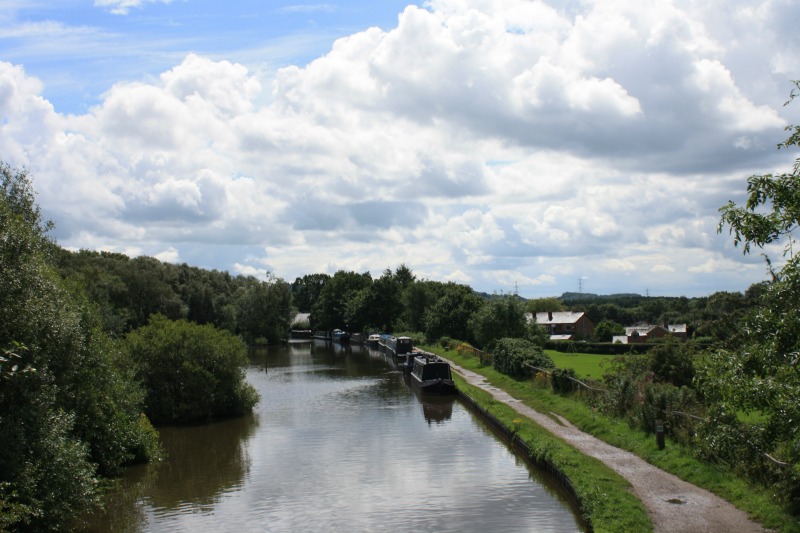
The most recent canal boating craze has happened in our own time. In the 1990’s a lottery grant injected money into the restoration of more canals. In 2000, The Canals and Waterways trust was established.
A quick glance at their website reveals a wonderful waterside world that you probably never knew existed, and is another excellent starting point if you are planning a canal boat holiday with your family.
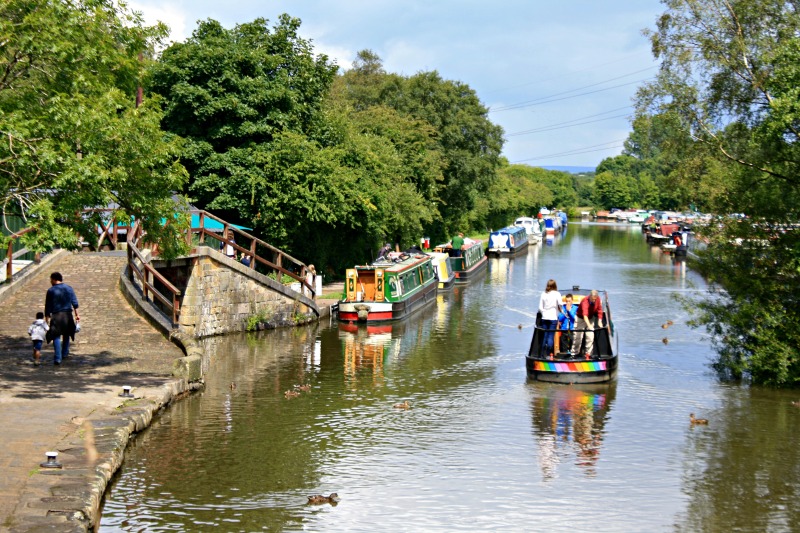
Find more inspiration in British TV shows like Great Canal Journeys (Channel 4) Britain Afloat (BBC), which have recently sparked a general interest in canal boating in England. (These may be available to watch in Canada if you have a VPN connection.)
Locks: essential, complicated and a little scary
On our second day of canal boat life, we woke up to the challenge of Bosley locks – a flight of 12 locks which, over the course of a mile, would raise our elevation by 112 feet. Of all the magnificent engineering associated with canals (tunnels, aqueducts, viaducts, bridges), the most essential is the lock.
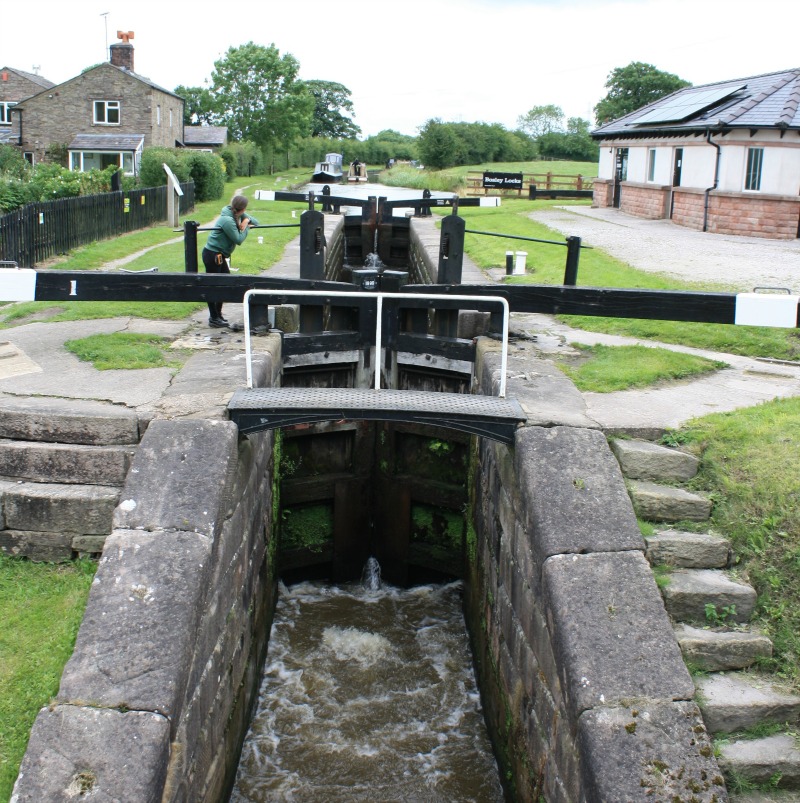
Here’s my best explanation of how a lock works: England is not flat, and unlike a natural river, man-made canals cannot “go with the flow.” In fact, they have almost no current at all. So think about it. How can you dig a canal system (basically a series of large trenches) where water can travel up or downhill?
Answer: you build a series large chambers that empty and fill, bringing boats to a higher or lower elevation as water is forced in or out. You can imagine a flight of locks as a set of “water stairs.”
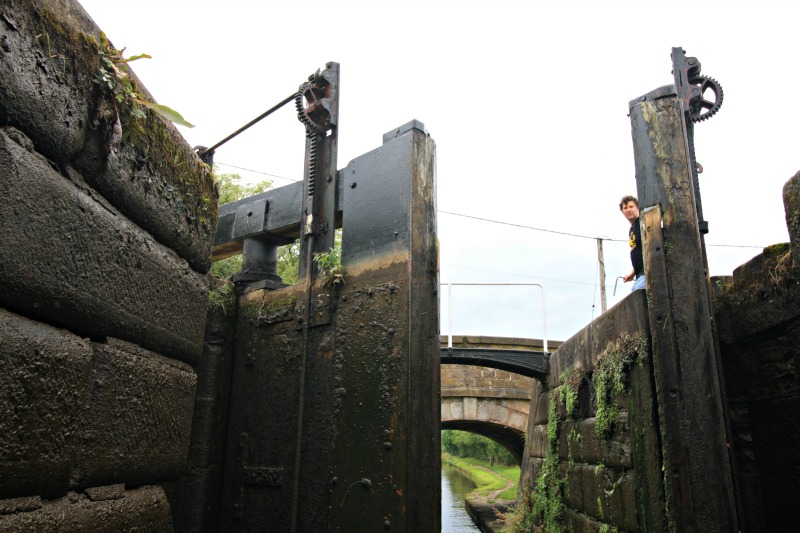
Locks are a major feature of any canal holiday, and it’s where the adventure comes in. Depending on which canal system you are enjoying, a canal boat holiday can mean anywhere from one to a dozen or more locks to navigate each day.
How to operate a lock? Simply explained, your boat travels into the lock at one elevation. It’s best to have two people operating, keeping the kids either inside the boat or safely on the towpath. (Even though canals are shallow – about 4 feet in depth, there fatal are accidents every year on the canals, some due to boats capsizing in the locks.)
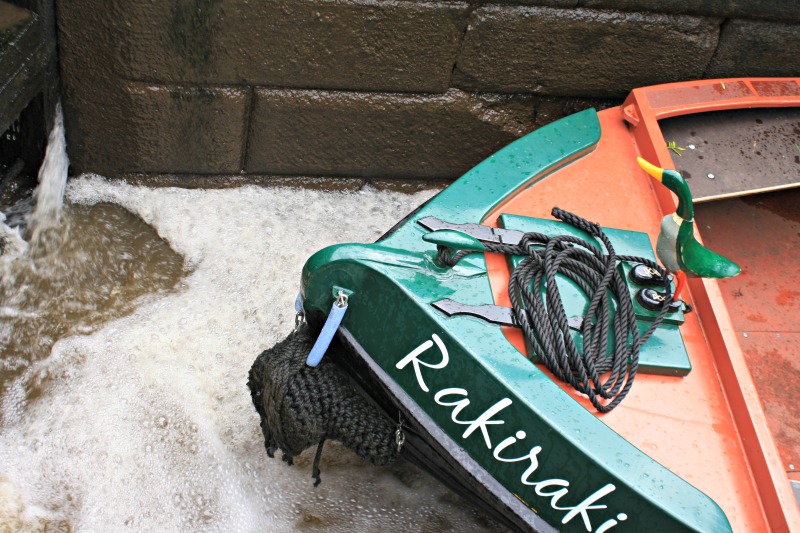
Once your boat is inside the lock, you close the gates behind you, then run along the towpath to the higher or lower elevation. Using a special wrench called a windlass, you wind open a set of floodgates (“sluice gates”).
Once these are open, water flows quite quickly in or out of this enormous high-walled bathtub, and your little narrowboat bobs up or down to its next level. Before you move on, you close the gates, ready for the next boater.
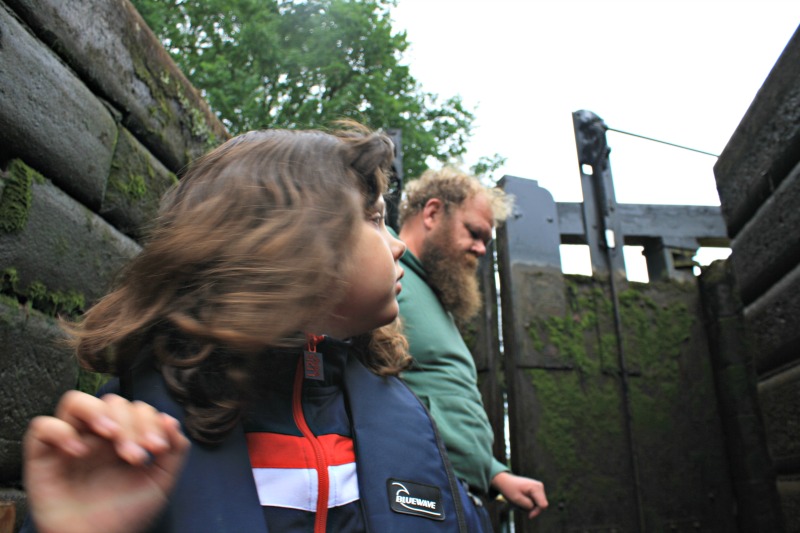
Is it scary? Yes! The first time my 9-year old daughter experienced the rush of canal water around our boat, she was terrified (and so was I). But after a while, the operation of the locks becomes easy, natural – and even a pleasure, for canal boaters.
At Bosley, there was an enormous sense of achievement in making it to the to top of a flight.
Family activities on a canal holiday – starting with the pub
On our second night on the Wandering Duck, our hosts moored up just beyond an imposing former cotton mill and gave us directions to a The Vale Inn, an award-winning pub in the small town of Bollington. Keep in mind that pubs in England are extremely child-friendly, many with excellently priced kids’ meals and even play areas for the kids.
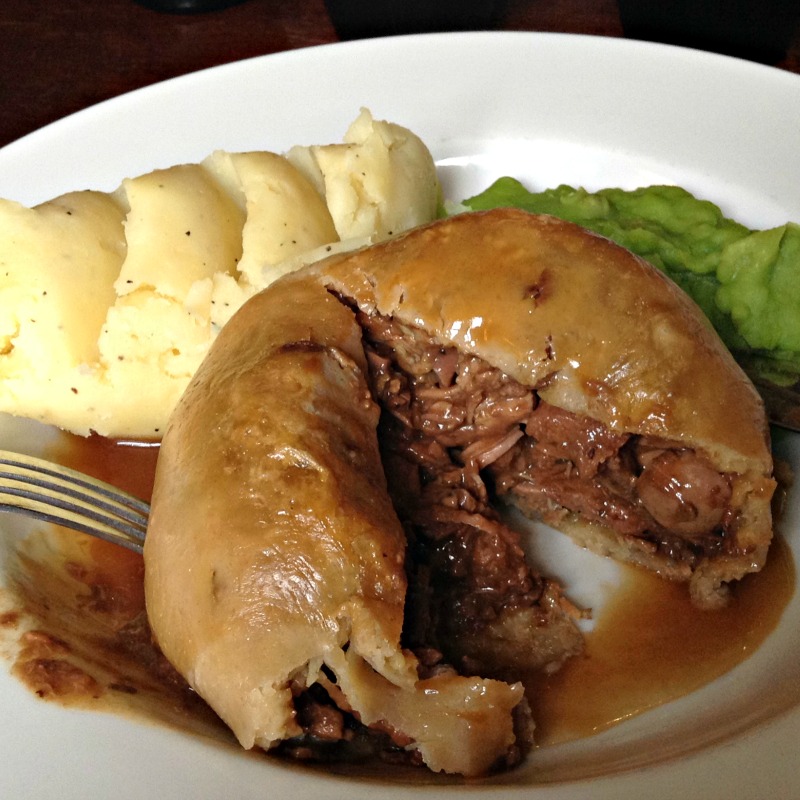
For dinner, we treated ourselves on steak and ale pie, sausage and mash and sticky toffee puddings. There was no play area at the Vale, but we found a local playground about 2 steps away. (Why is it that a foreign playground is always twice as interesting as the ones back home?)
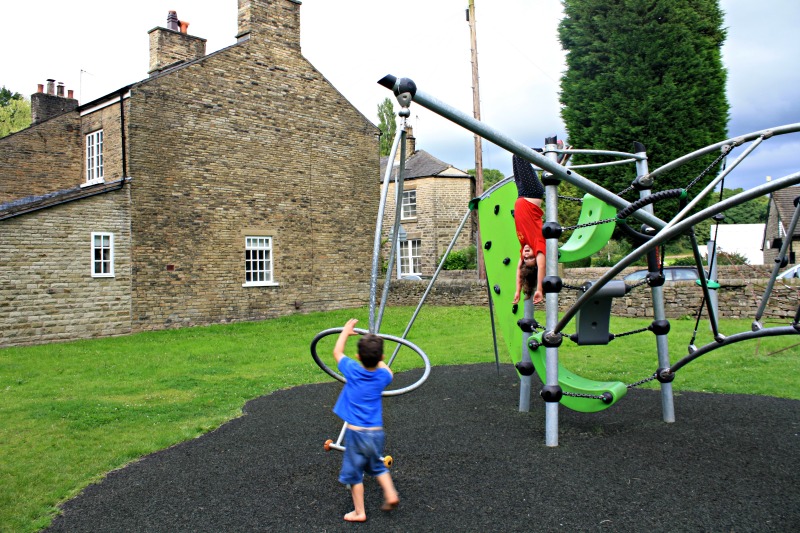
On the final day of our adventure, there was an even bigger excursion. Our hosts gave us a simple map and some written directions and sent on our way, to visit Lyme Park, an impressive National Trust property.
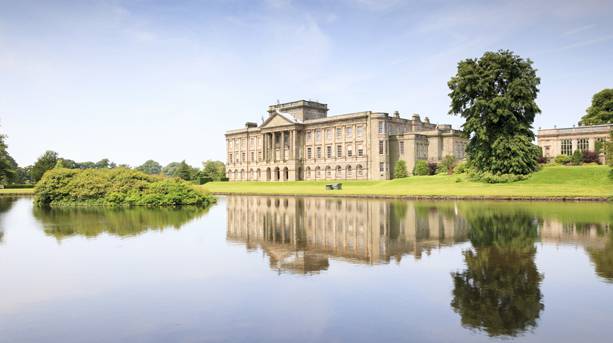
Lyme Park/image courtesy of Visit England
It was a thrill to step off the booat and traipse through the woods to approach the Lyme Park through the “back door”, a simple wooden gate. Typically, we ignored the ‘steeped in history’ stately home that is Lyme Hall, in favour of another awesome playground set on the grounds of the estate. (OK- maybe playgrounds in England are better!)
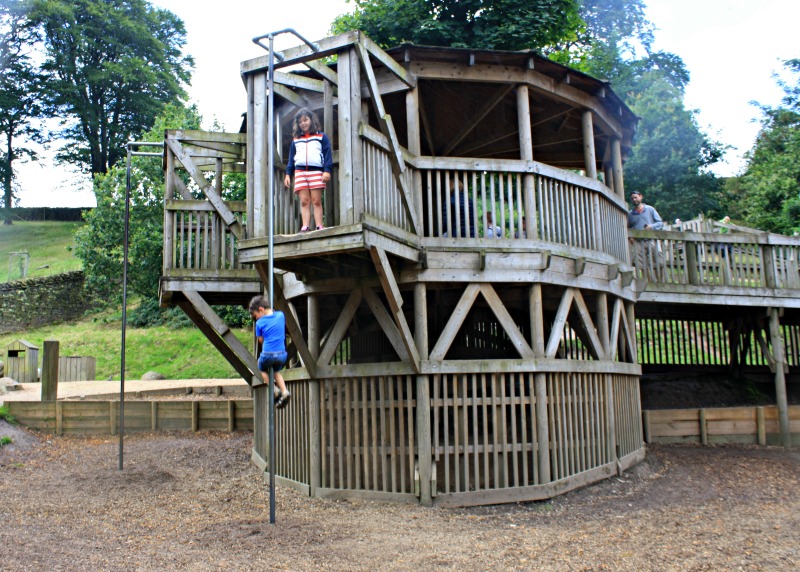
Getting back on land
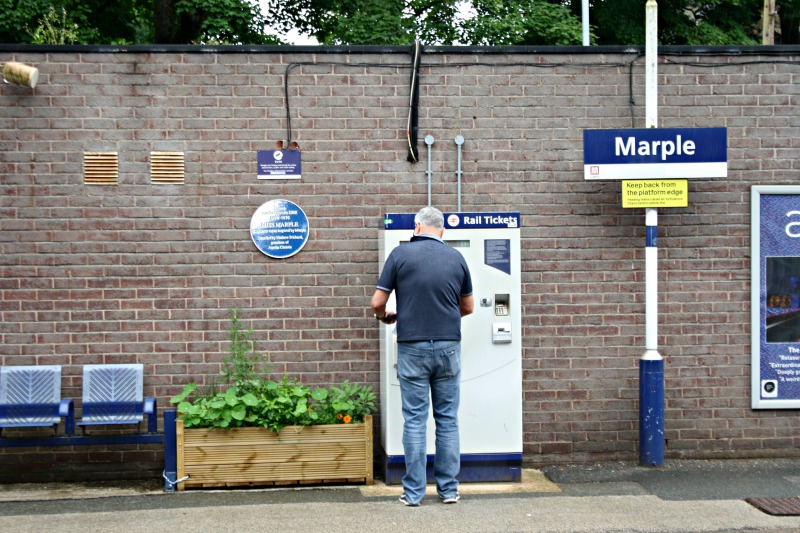
We ended our journey in a place called Marple (the Agatha Christie character, Miss Marple was named after this town), where we simply got off the boat, donned our backpacks and took a train to Manchester.
In Manchester, coincidentally, we stayed in a (non-floating) youth hostel which overlooked, you guessed it – a canal!
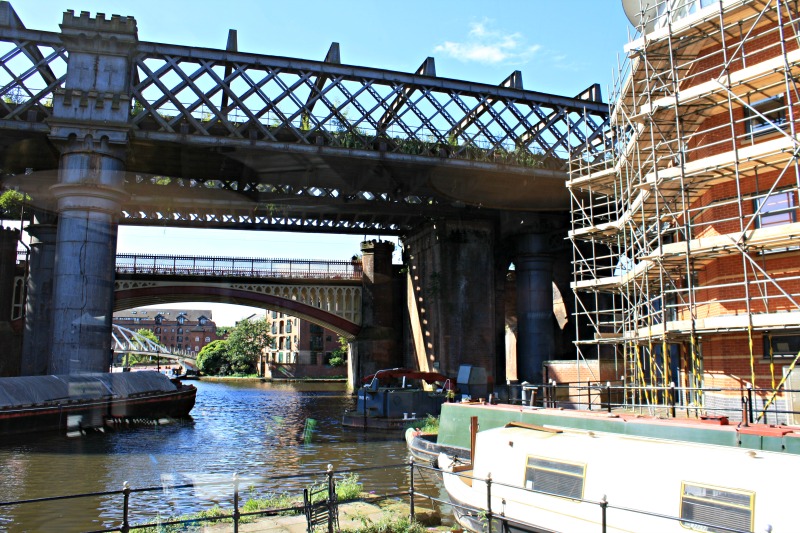
It took us 3 days to slowly puttering along the Macclesfield Canal from Congleton to Marple – remarkable when you realize that the journey takes a mere 45 minutes by road.
A canal boat holiday is more than just a novel experience. Spending a weekend “on the cut” really does force you to slow down and breathe. In the words of Tom Rolt:
“To step down from some busy thoroughfare on to the quiet tow-path of a canal, even in the heart of a town, is to step backward a hundred years or more and to see things in a different and perhaps more balanced perspective.”

Thinking of taking a British canal boat holiday?
Although the Wandering Duck has retired from hotel boat life, there are hundreds of other boats for hire along England’s canal system. Here are some links to get you started:
Canal and River Trust: www.canalrivertrust.org.uk
Inland Waterways Association: www.waterways.org.uk
Waterways Holidays: www.waterwaysholidays.com/england_canals.htm
Canal Holidays: www.canalholidays.com
Anglo-Welsh Holidays: www.anglowelsh.co.uk
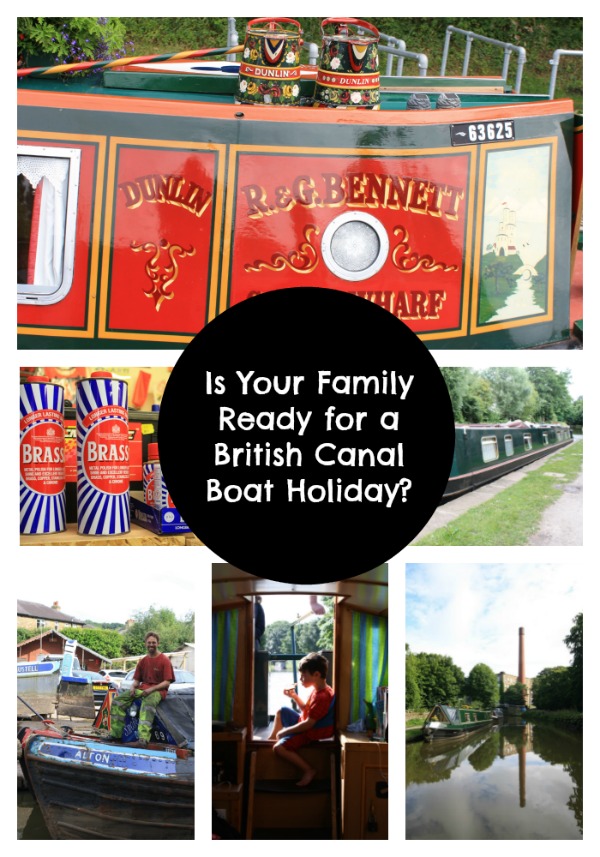
All photos by Helen Earley, unless noted otherwise.

